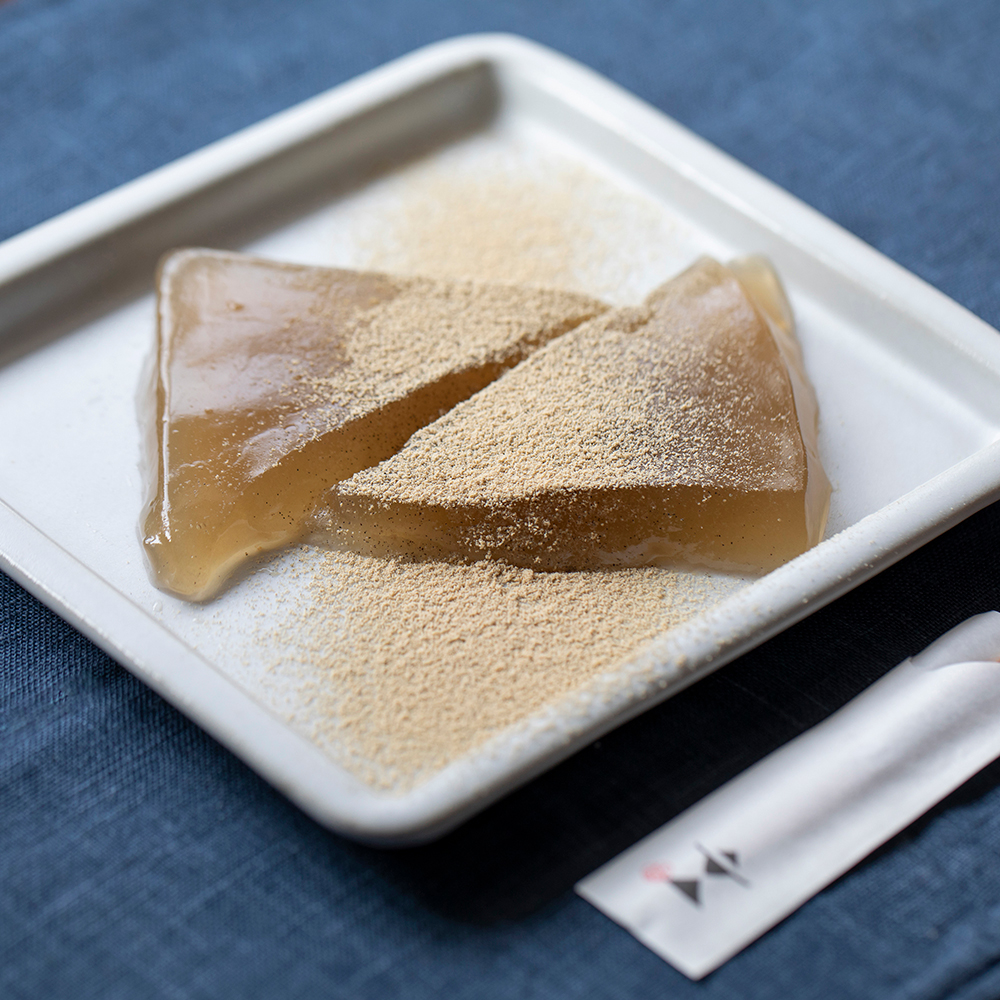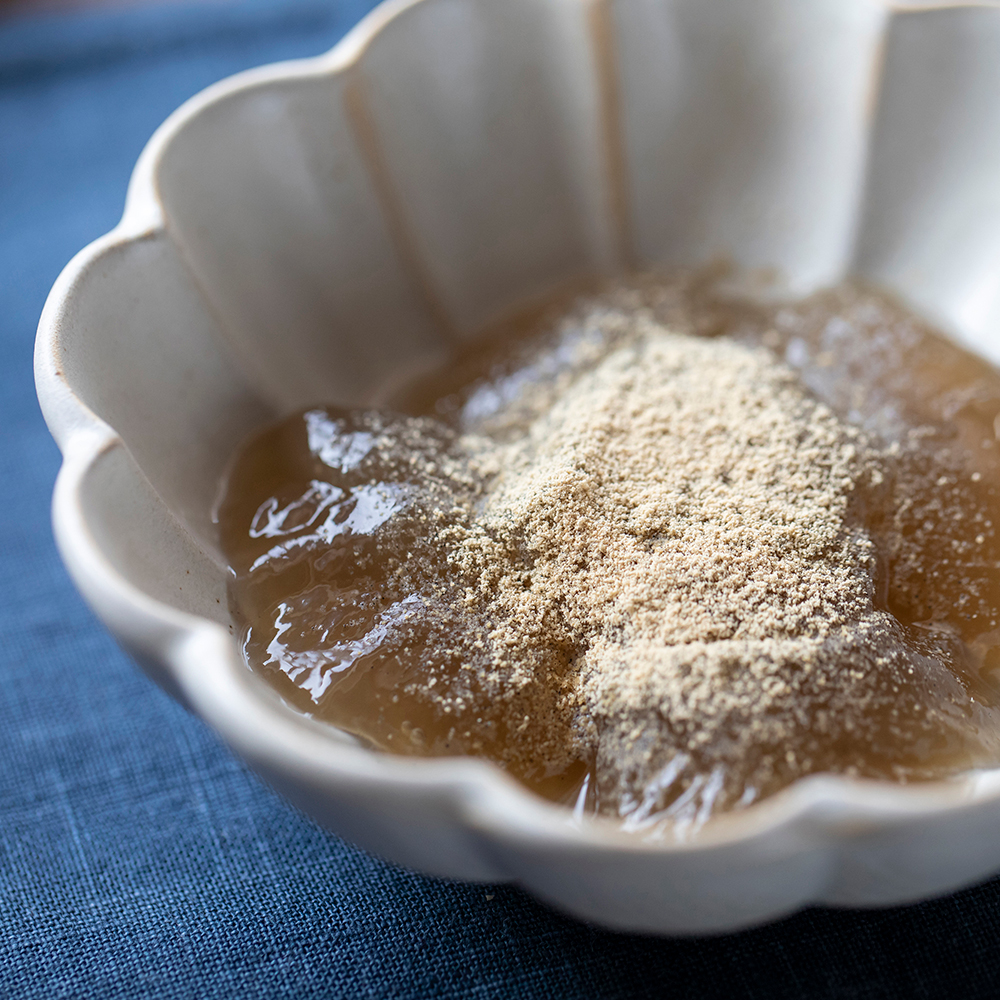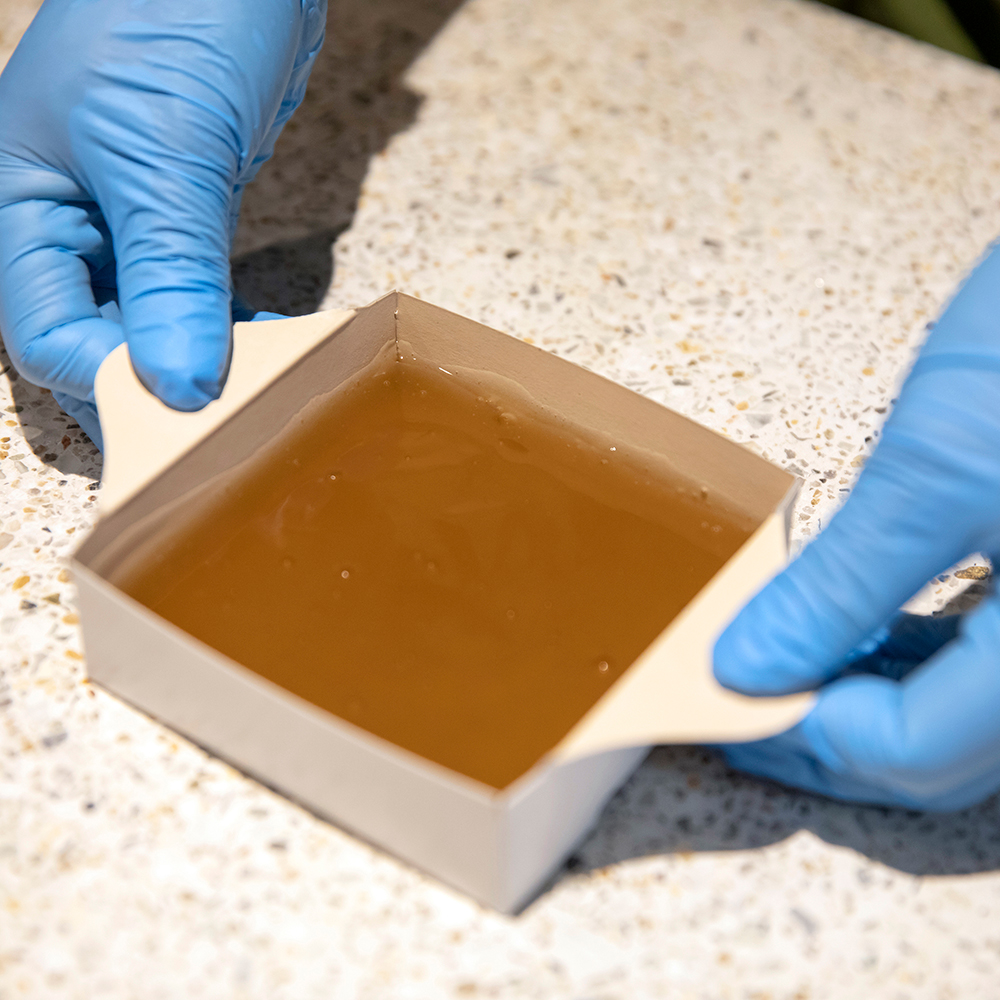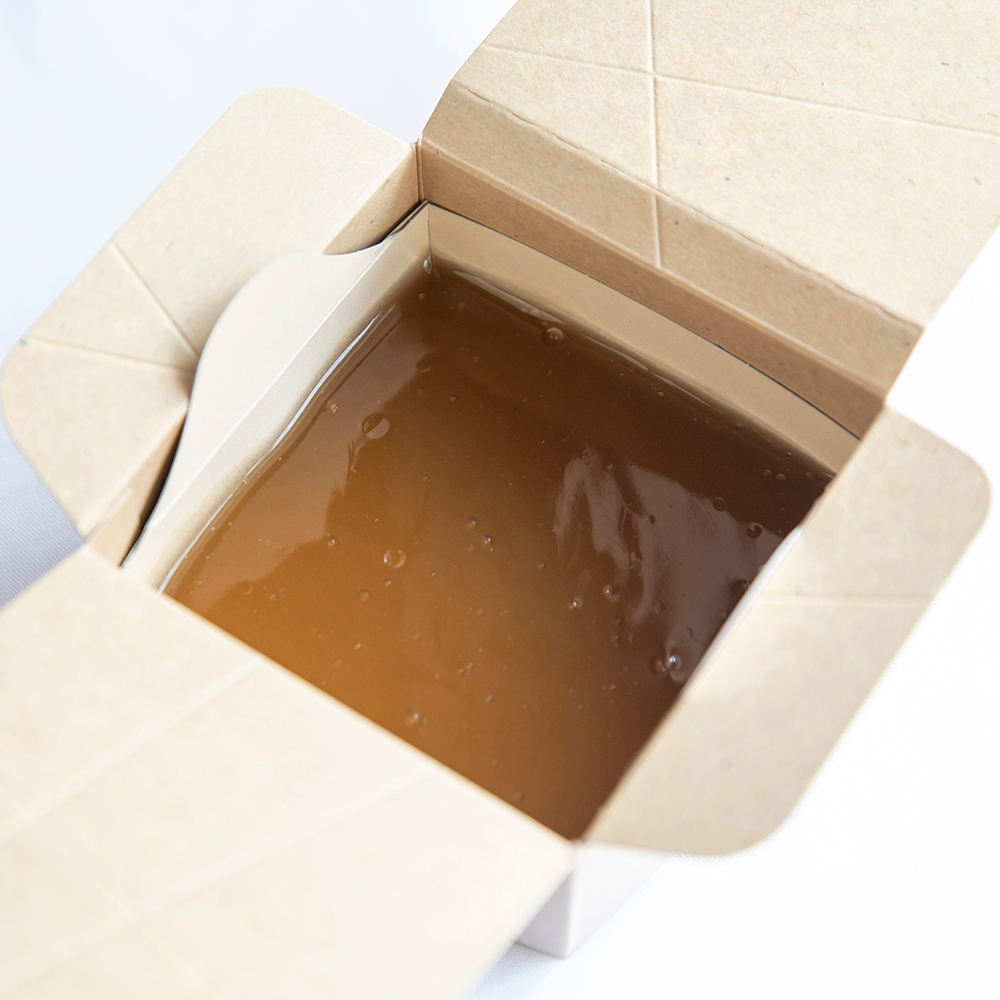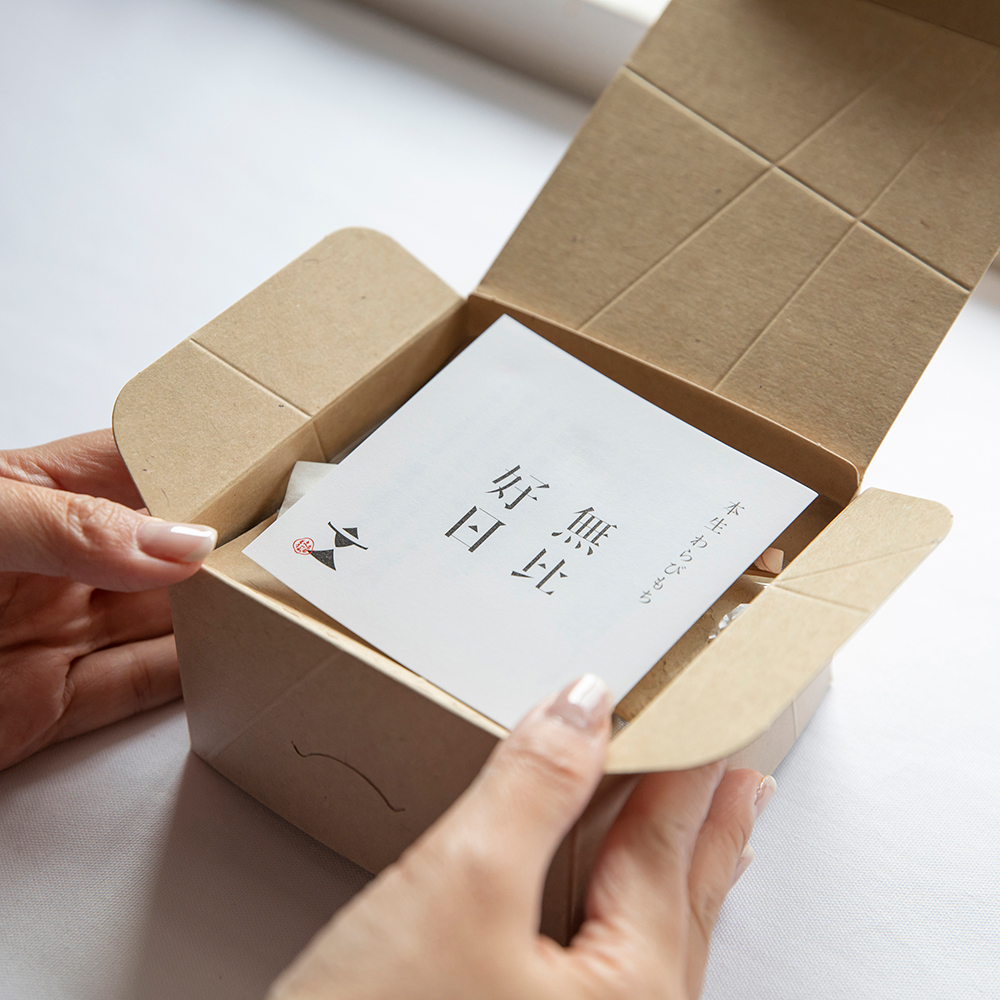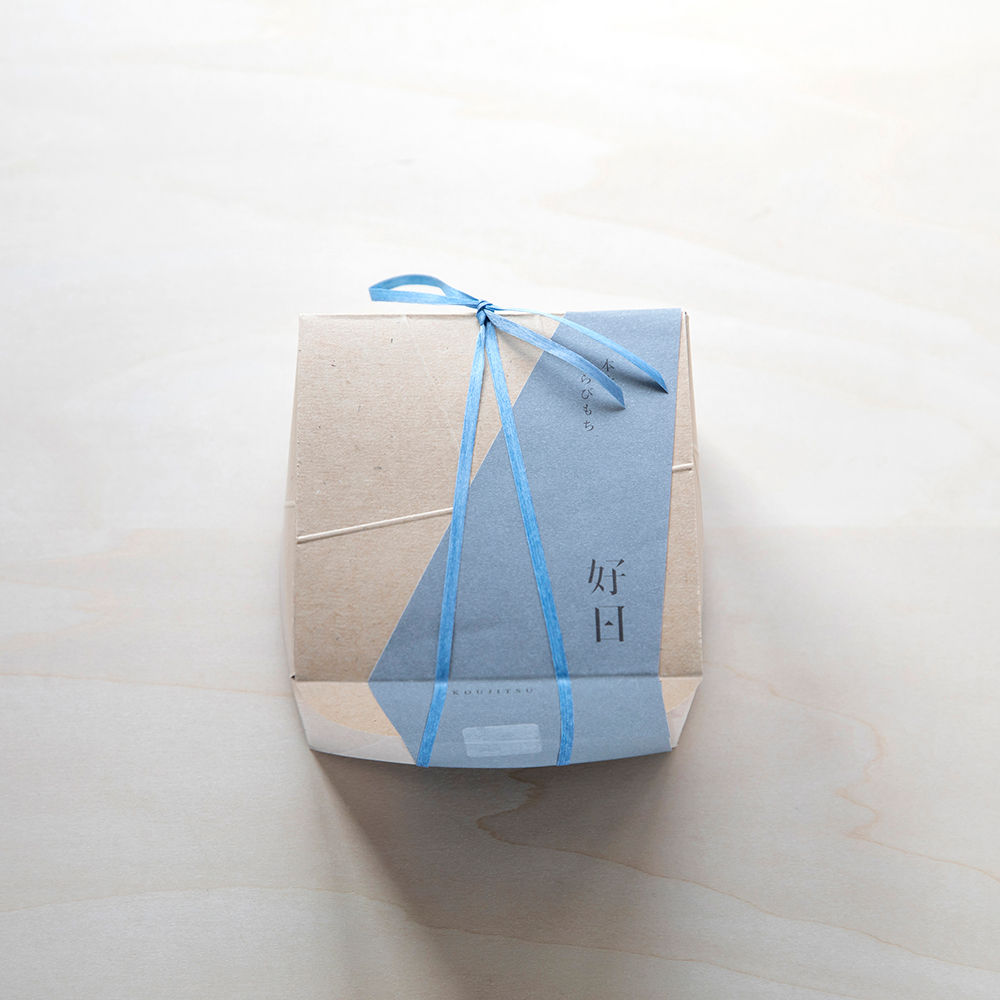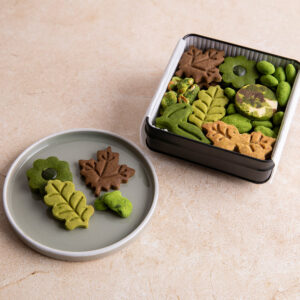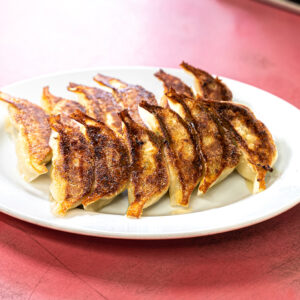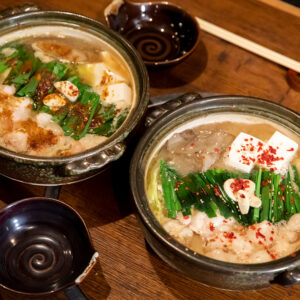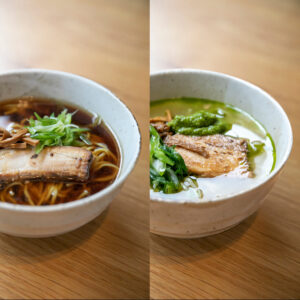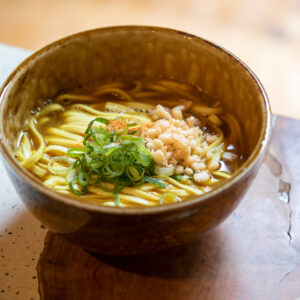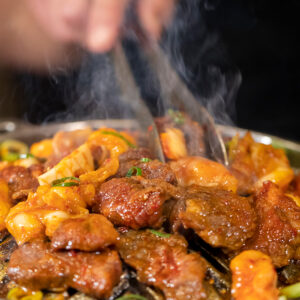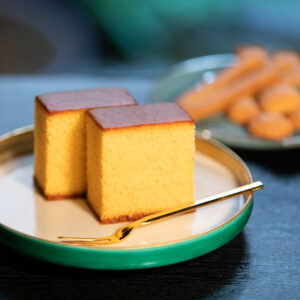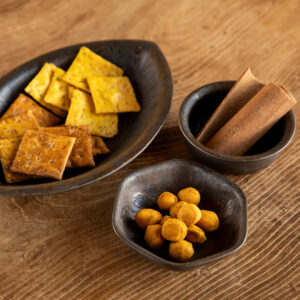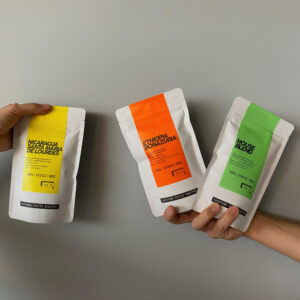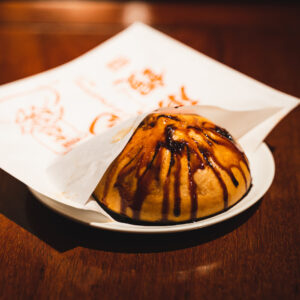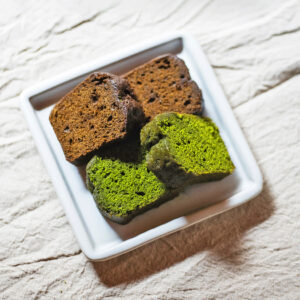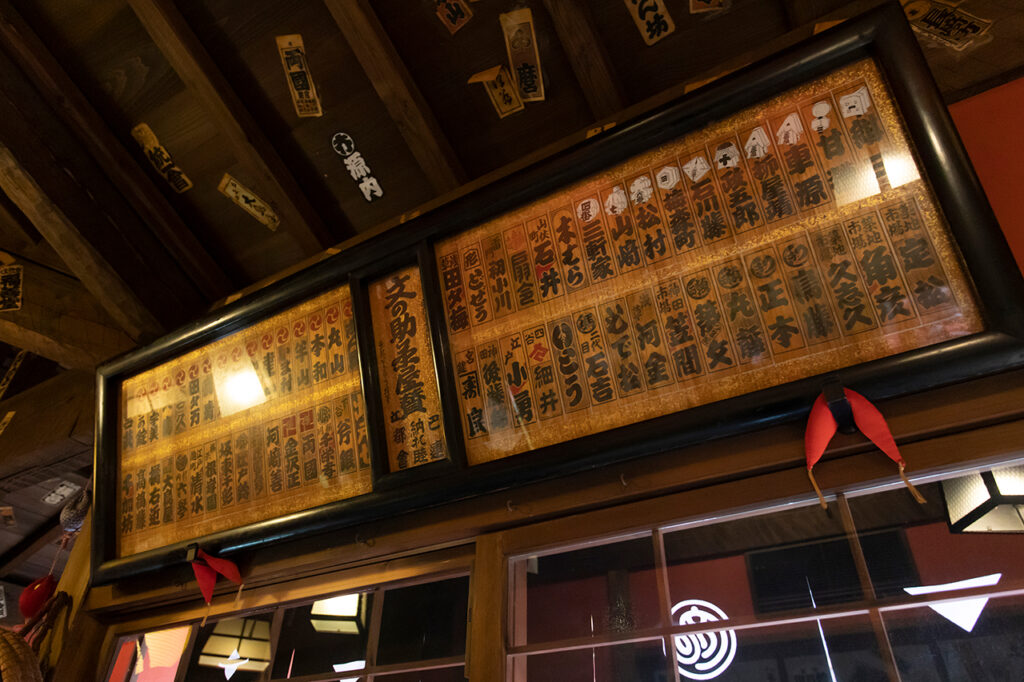
Bun-nosuke Tea House was founded in 1909 by Bun-nosuke Katsura II, a Kamigata rakugo storyteller active in the mid-Meiji period (1868-1912). The teahouse was originally located in the pagoda of Kodaiji Temple, where the three-faced Daikokuten, the guardian deity of Toyotomi Hideyoshi's success in life, was enshrined, and was originally used as a teahouse for amazake (sweet sake). At that time, the teahouse was a popular resting place for travelers strolling in the Higashiyama area from Yasaka Shrine to Kiyomizu Temple, and for visitors to the temple who were tired from their visit. The phrase "iki-sama soru nonchalant store" means, "Chic customers nurture nonchalant stores. When our hearts are in tune with each other, we can develop and open the way for each other, creating a wonderful world. [Even now, more than 100 years later, Bun-no-suke Tea House continues to cherish this spirit as it strives to create products.
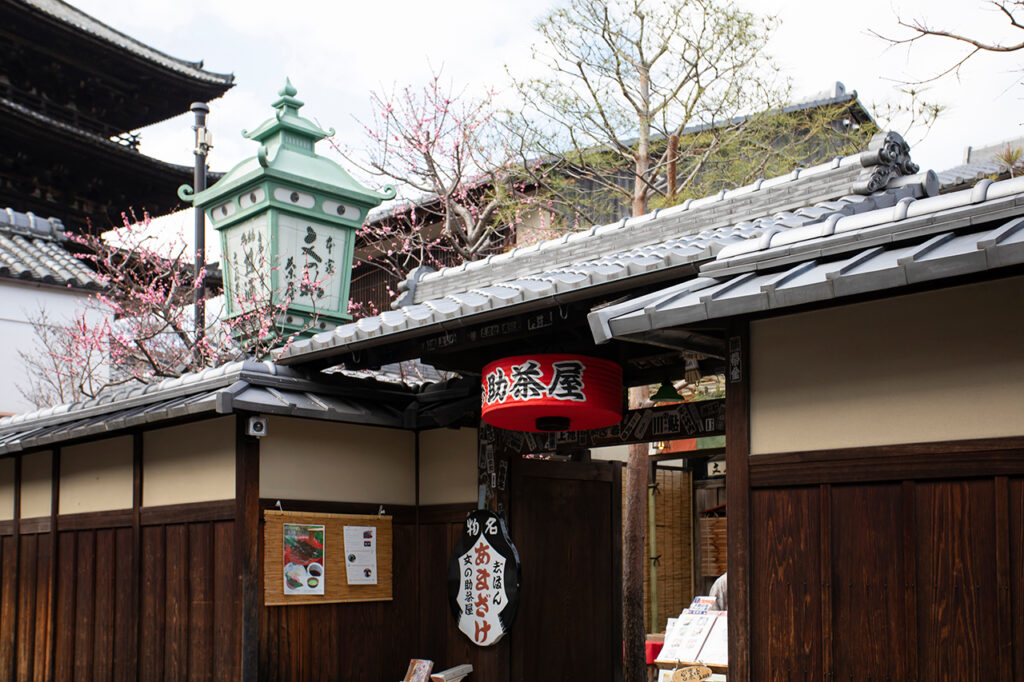
The current main store stands in a picturesque neighborhood near Yasaka-no-to (Yasaka Pagoda). The shop's popular menu includes amazake, which has been the signature item since its establishment and is made using traditional techniques, warabimochi, anmitsu (sweet bean paste), and other Japanese sweets. Many people buy warabimochi as souvenirs, and a variety of flavors are available, including green tea, nikki, wasanbon, and hojicha (roasted green tea). The packaging for the warabimochi, which was designed by the representative himself and won the Japan Package Design Award 2023, is also popular. The eye-catching and fashionable box with its design featuring triangular slices of warabimochi and coloring reminiscent of soybean flour is sure to raise the spirits of customers.









